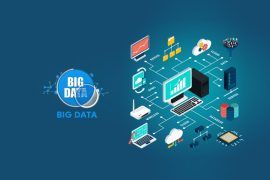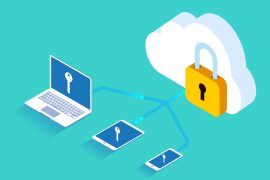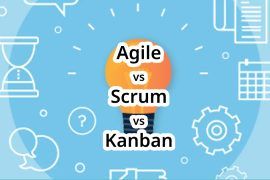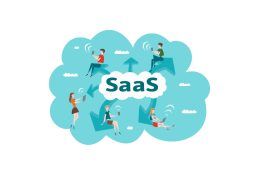While Saas is still taking baby steps into the revenue management system, the hospitality and tourism sectors have long been linked to revenue management.
However, the majority of SaaS companies today are taking into account a sales operations staff (RevOps). This general word combines marketing, sales, finance, and product to give your good or service the best opportunity to maximize income. Let us look into the details of the revenue management system so that you have a full proof revenue management guide for your Saas Business. Let us start with the basics.
Table of Contents
What is Revenue Management?
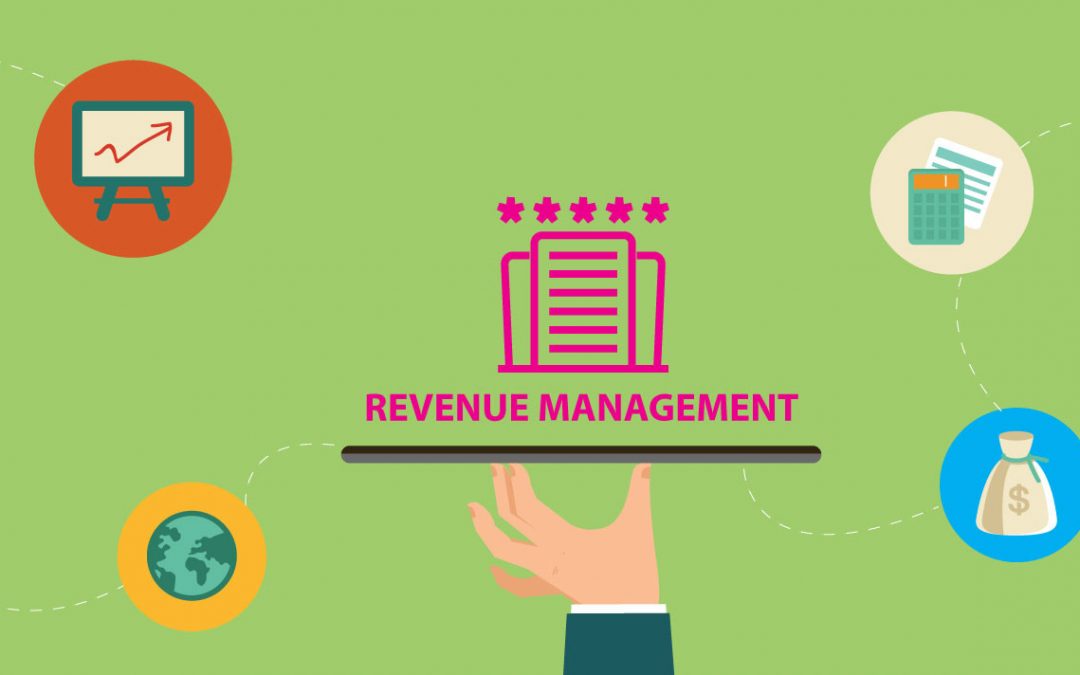
Utilizing data analytics, revenue management seeks to maximize profitability. In order to increase revenue, revenue management forecasts customer behavior at the micro-market level and modifies product pricing and availability. A SaaS company can better understand its customers and connect its products with ICPs by using revenue management to adjust its product’s availability, pricing, and market positioning. Despite having its roots in the hospitality industry, revenue management is now widely used in other sectors. The SaaS industry is currently swiftly maximizing revenues thanks to its technique.
So, What is a Revenue Management System?
It’s pretty simple. In layman’s terms, it is software that helps with revenue management. Software that enables you to precisely match product placement, pricing, and availability across several marketplaces and market segments.
A few revenue management tools are available. Each is equally difficult as the one before it. Depending on your business demands, the number of users, and the length of your contract, price points start at roughly $10 per month.
Features of a Revenue Management System
In general, revenue management tools aid in:
- Automate and modify plans and price
- Keep track of and report on revenue by region
- Controlling revenue models
- Control advertising
- Forecast demand, revenue, and loss
- Organize contracts and compliance
But is getting a revenue management system enough? The answer is no.
Revenue management has been distorted into a company growth strategy by SaaS companies in order to assist them in changing their offers and creating more customer-focused pricing structures and goods.
Machines are capable of many things, but not all of them. Here are a few manual strategies to take into account if you’re looking to capitalize on revenue management for your own SaaS product. Machine learning can help with these strategies, but they are ultimately in your control.
There is a reason why the human brain is always considered the best technology. The software can give the best results only when paired with logical strategies. And that’s exactly what we are here to help you with. Here are 5 revenue management strategies that will ensure the best outcomes. Let’s dig deeper.
Top 5 Revenue Management Techniques to Incorporate in your Saas Business
Reduce the Rate of Client Attrition.
The percentage of customers who abandon your goods or services within a set period of time is known as your customer churn rate. The first step in developing a more lucrative SaaS business model is to get a handle on churn rate and churn solutions to reduce that number.
Using the following equation, you can determine the customer churn rate:
Churn rate = (Number of customers at the beginning of period – Number of customers at the end of period) / Existing customers at the start of the period.
If your business runs predominantly on a yearly contract model, you can analyze customer churn rates on a monthly, quarterly, or even annual basis. You should be able to compute your churn rate using the majority of revenue management software, and you can change the dates as necessary.
Metrics for client retention can be optimized if you are aware of your turnover rate. Why is this a crucial tactic? Costs to the business are what matter. Up to five times as much money goes into acquiring a new client as keeping an existing one. Additionally, compared to success rates of 5 percent to 20 percent with new clients, selling to an existing customer is 60 to 70 percent more likely to be successful.
Ensure Consumer Loyalty
To reduce client churn, customer retention efforts continue after onboarding. Businesses that provide software as a service (SaaS) must constantly work to improve, position, and defend their offerings to clients. If you aren’t focusing on long-term customer retention, your SaaS business model isn’t sustainable.
A useful statistic for evaluating this strategy is the customer lifetime value (CLTV), which we’ll discuss in more detail later in the article.
Several different company divisions have control over your client retention KPIs. Customer retention is at its best when teams join together under one roof, similar to the idea of revenue management.
Determine the Most Lucrative Marketing Channels.
Marketing spending and ROI are important building blocks of revenue management. Now, this may not always be where you spend the most on brand awareness and acquisition. If it is the only factor considered when calculating marketing expenditures, we risk severing relations with potential highly lucrative marketing channels.
Your return on investment for each route to market is what you should pay attention to. Is your company profitable enough to attract leads from a specific source after accounting for all of your expenses?
Finding it difficult to reach your most profitable routes? Here are a set of questions that you can answer to reach simpler conclusions
- First and most important, which channels give the highest return on investment?
- What are human resources required to enter that market?
- Finally, is there a difference in CLTV per channel?
The Principle of Organic Growth
Of course, saving money is always preferable to spending it. Of Course, organic growth is undoubtedly not completely free, but it is unquestionably much less expensive than the more conventional advertising techniques we are accustomed to seeing.
In essence, organic SaaS growth promotes more long-term business growth. But how can you pull it off? How can you develop naturally, cut costs, and increase profits?
The Golden Age of Content
It is a no-brainer that the post-pandemic era has become golden in content. And thus, one of the best ways to implement the principle of organic growth is via content. However, it is not free. A budget is required for quality content. To create content that resonates with your brand, mission, and potential clients, you’ll need a group of outstanding creative minds.
However, if your content marketing strategy is executed well, you’ll be able to concentrate on evergreen material that supports other areas of the company, fosters client engagement and loyalty, and raises your brand’s search engine position. Any approach for managing revenue should be centered on achieving organic growth targets. Long-term content is the solution if you’re seeking strategies to optimize your revenue over the long term.
Despite the fact that the majority of revenue management solutions can’t assist you in producing excellent content, they can assist you in prioritizing markets, languages, and content kinds based on where there is a need and pull.
How to Measure if your Revenue Management Strategies are Working?
Once you execute your revenue management techniques, you have to look into whether they are actually working or not. This is where Revenue Management KPIs come in. KPIs are certain formulas that have emerged in the Saas world that help in tracking the success of your revenue management system. Here are three KPIs that you can use
Customer Lifetime Value (CLTV)
The average revenue per account (ARPA) divided by net is CLTV. Churn percentage for monthly recurring revenue (MRR). Your client’s lifetime revenue should essentially be maintained or ideally increased as a key performance measure for effective revenue management.
If it’s increasing, it suggests you’re keeping clients for longer, and they’re spending more money with you. This may be accomplished by reoccurring contracts, add-ons, or initially larger plans.
Cost per Acquisition on Average (ACPA)
If you want to know if you’re using your money wisely and keeping your acquisition plan as current and effective as possible, the average cost per acquisition is a wonderful KPI to use.
With paid efforts, it frequently happens that your expenses just keep going up while you maintain the same monthly lead or conversion volume. It can be unsettling, and it should be dealt with as quickly as possible.
Organic acquisition channels are excellent approaches to combat this figure and maintain a low or declining average. The idea is that as your business becomes more well-known, you won’t need to spend as much on sponsored advertising.
Marketing Source Revenue(MSR)
CPA and marketing source revenue frequently go hand in hand. It establishes how much money you make through each marketing channel. This KPI accounts for your CPA per channel, the CLTV of customers who convert from specific channels, and the volume of organic leads you to get from each channel.
Conclusion
While revenue management can help your company save money, it can also greatly increase its profits. You’ll be happy you did later if you take the time to implement this plan now. What are you waiting for? Set up your own revenue management system today!
Read More
Best Ways to Enhance Your PPC System With Artificial Intelligence
A Guide on Marketing Intelligence and Analytics Platform in 2022

